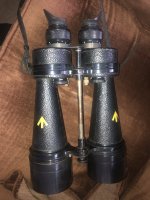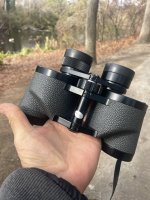There are a few errors in that article.
BK7 has lower dispersion (higher Abbe No.) than BaK4 and also slightly better transmission at the blue end of the spectrum.
However, BK7's refractive index is lower and for many binoculars will not be sufficient to provide total internal reflection over the complete field of view. Hence the squared-off exit pupils seen on many bins with BK7 prisms.
The objective lens focal ratio of many hand-held binoculars is around f/3,5 and, according to Holger Merlitz, the lower limit for BK7 prisms is f/5, whereas BaK4 is good down to f/3,3.
John
































